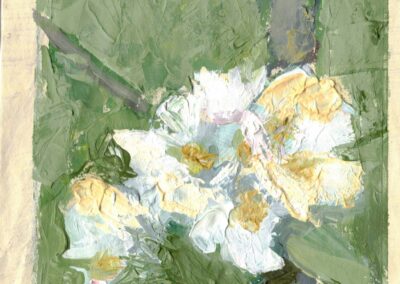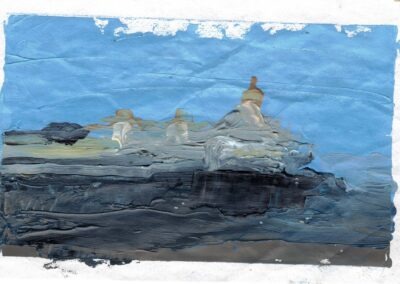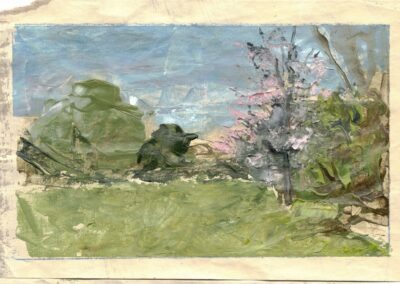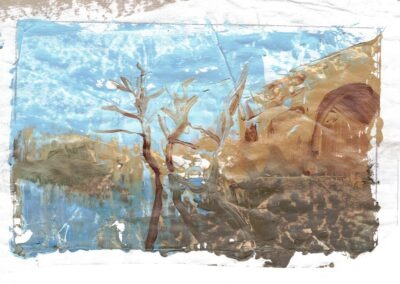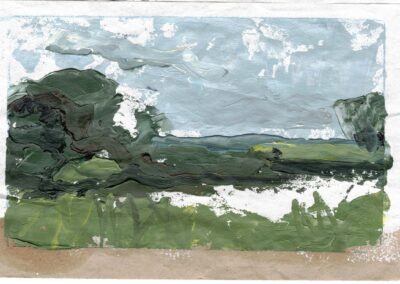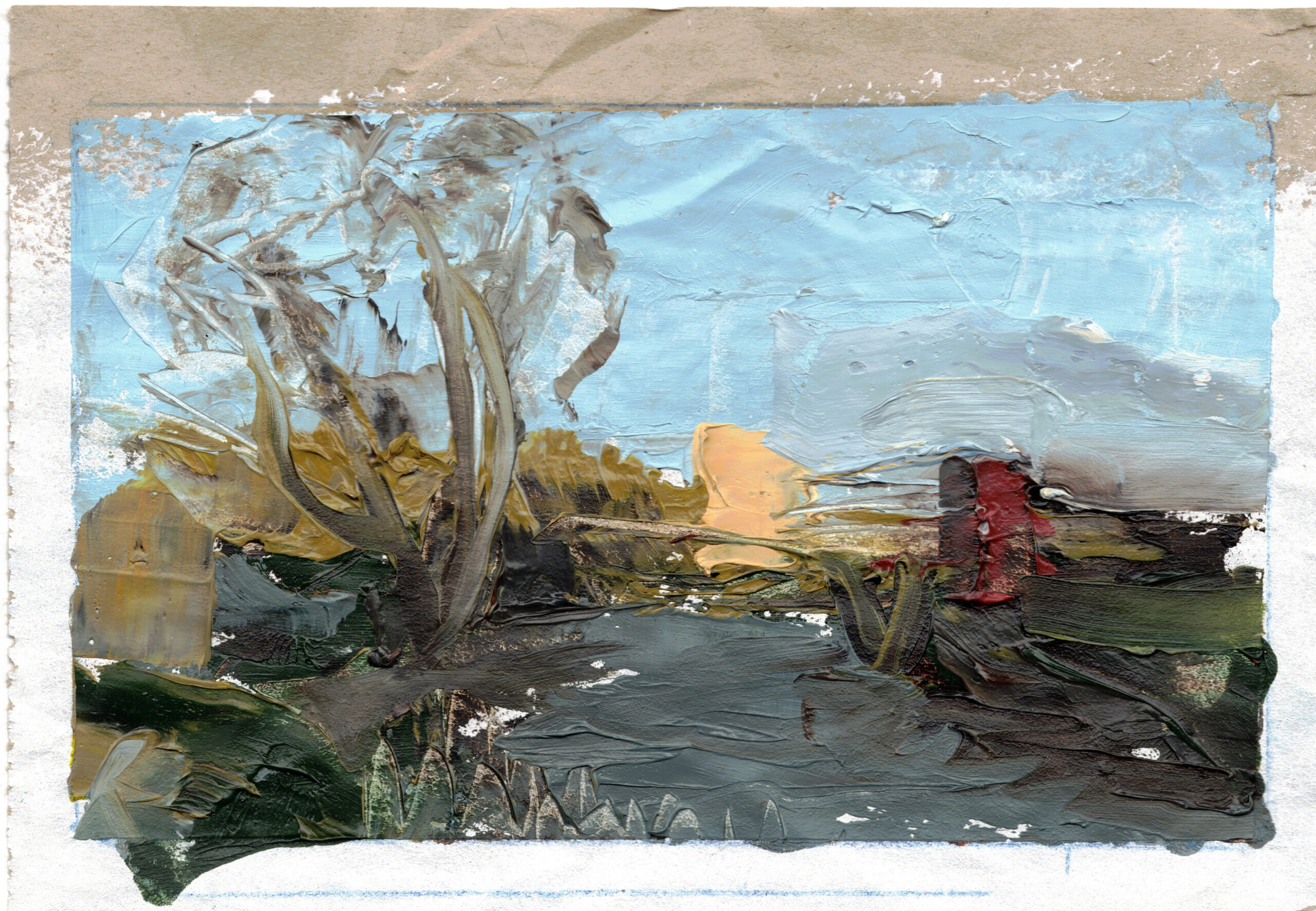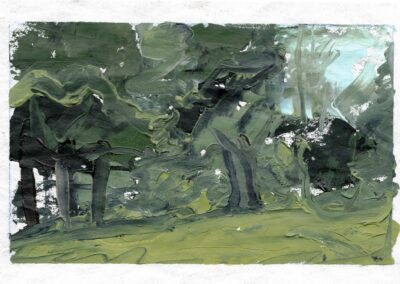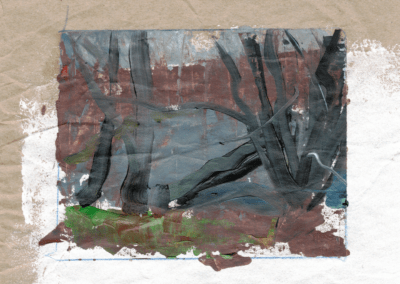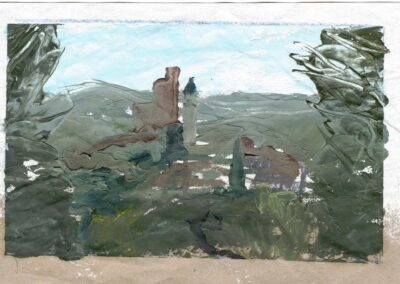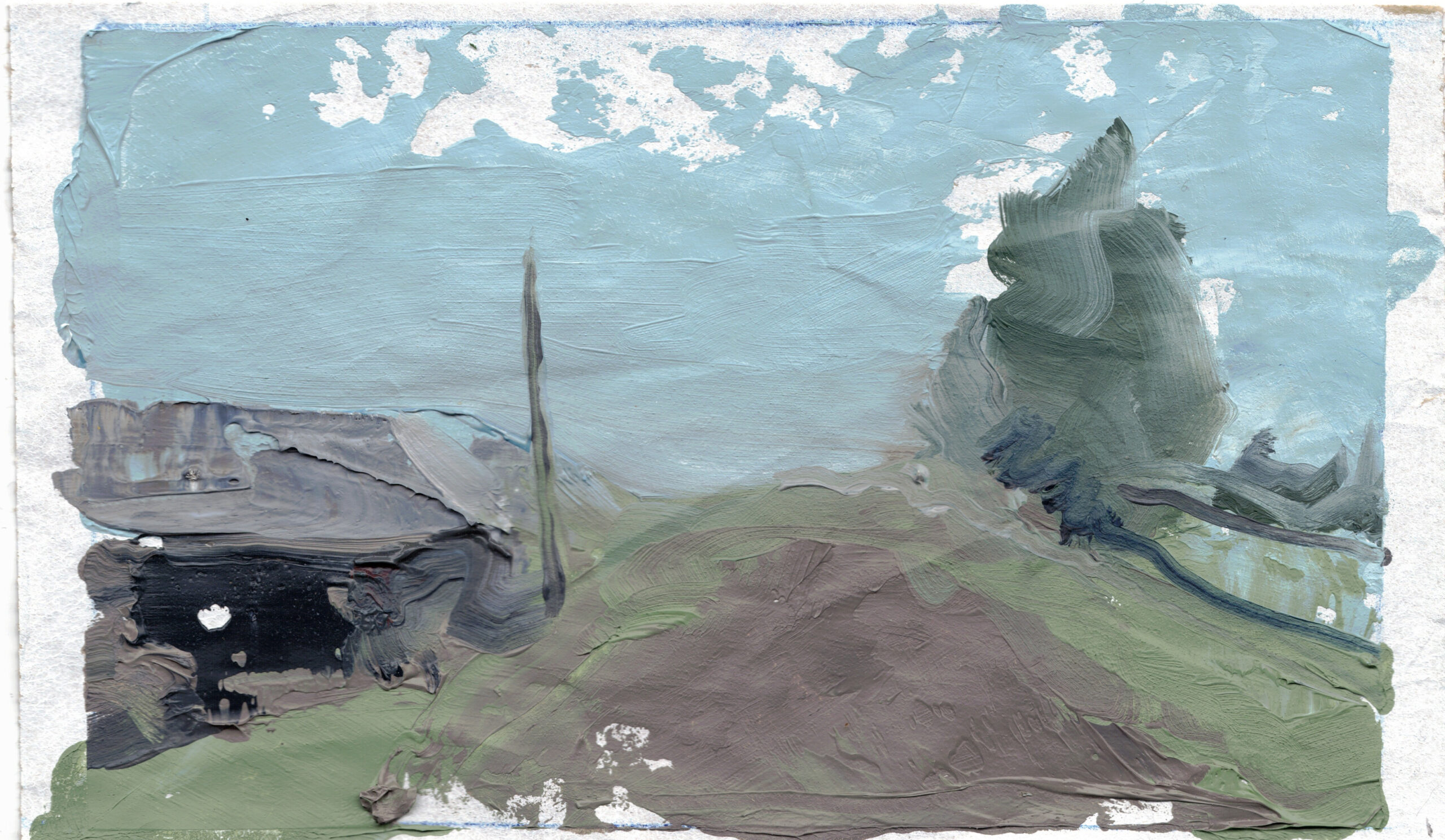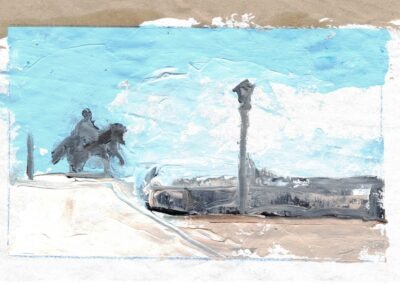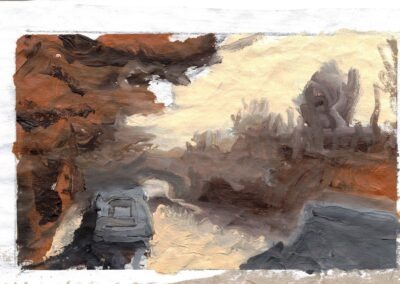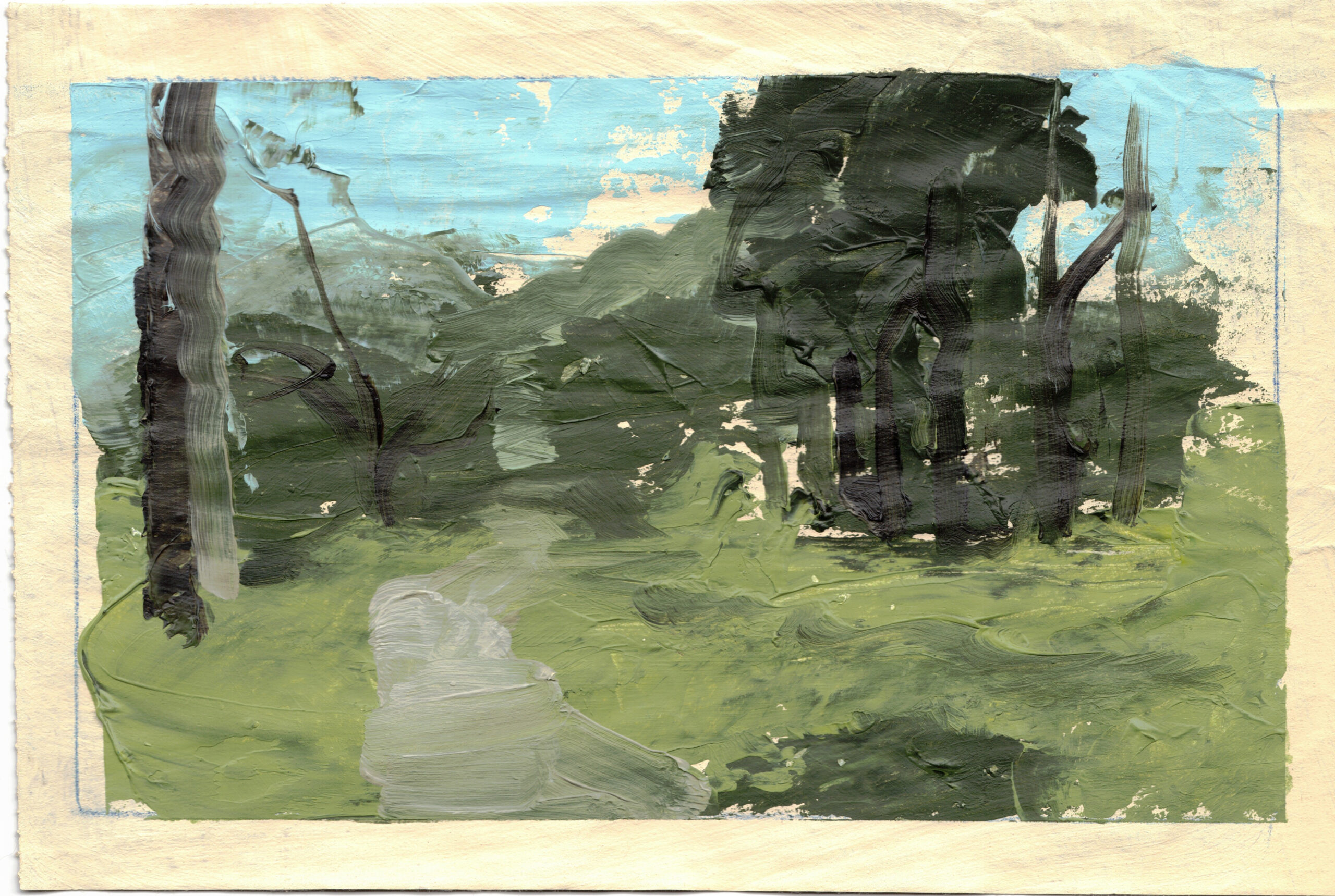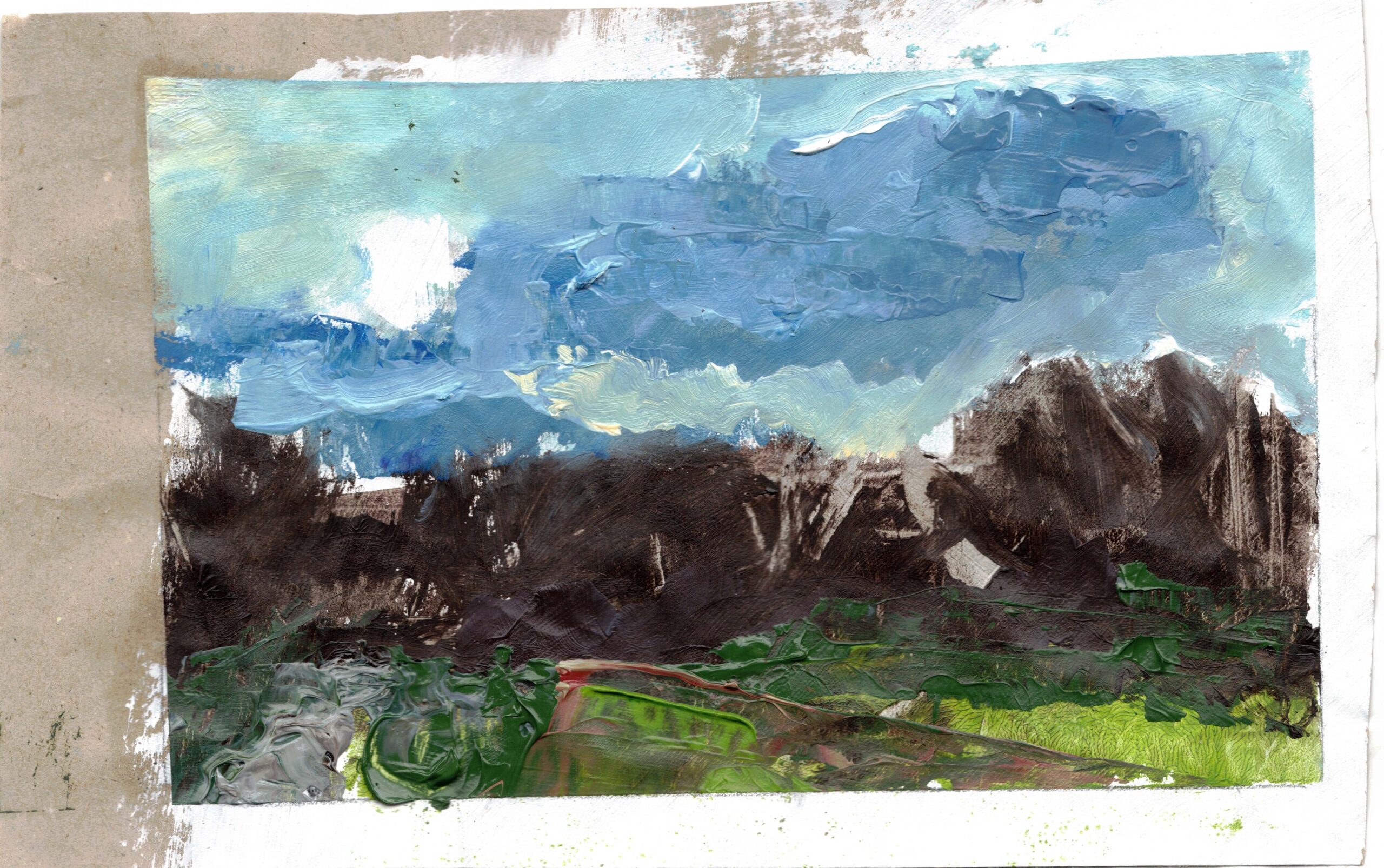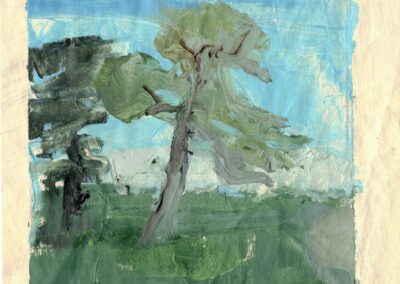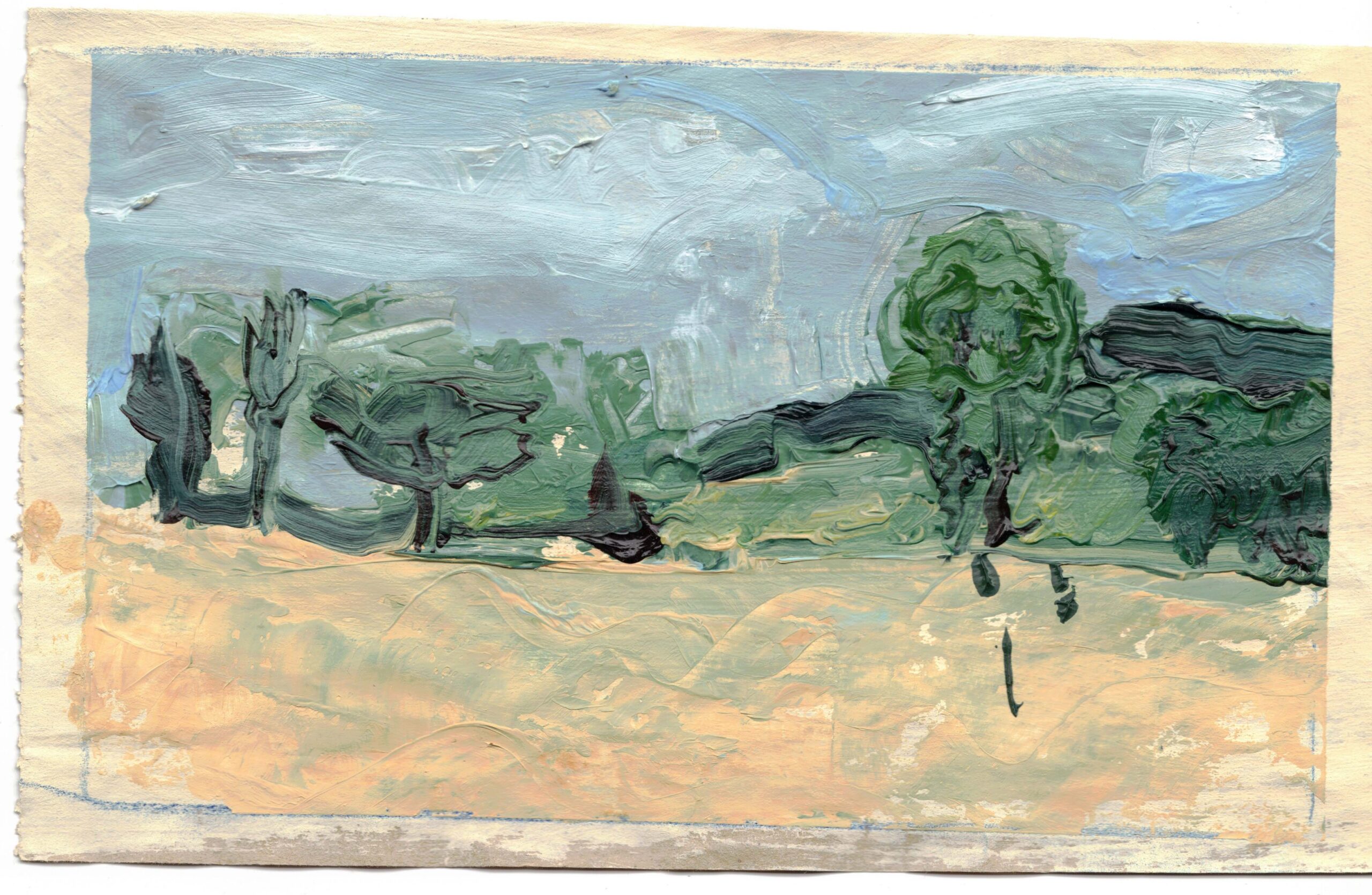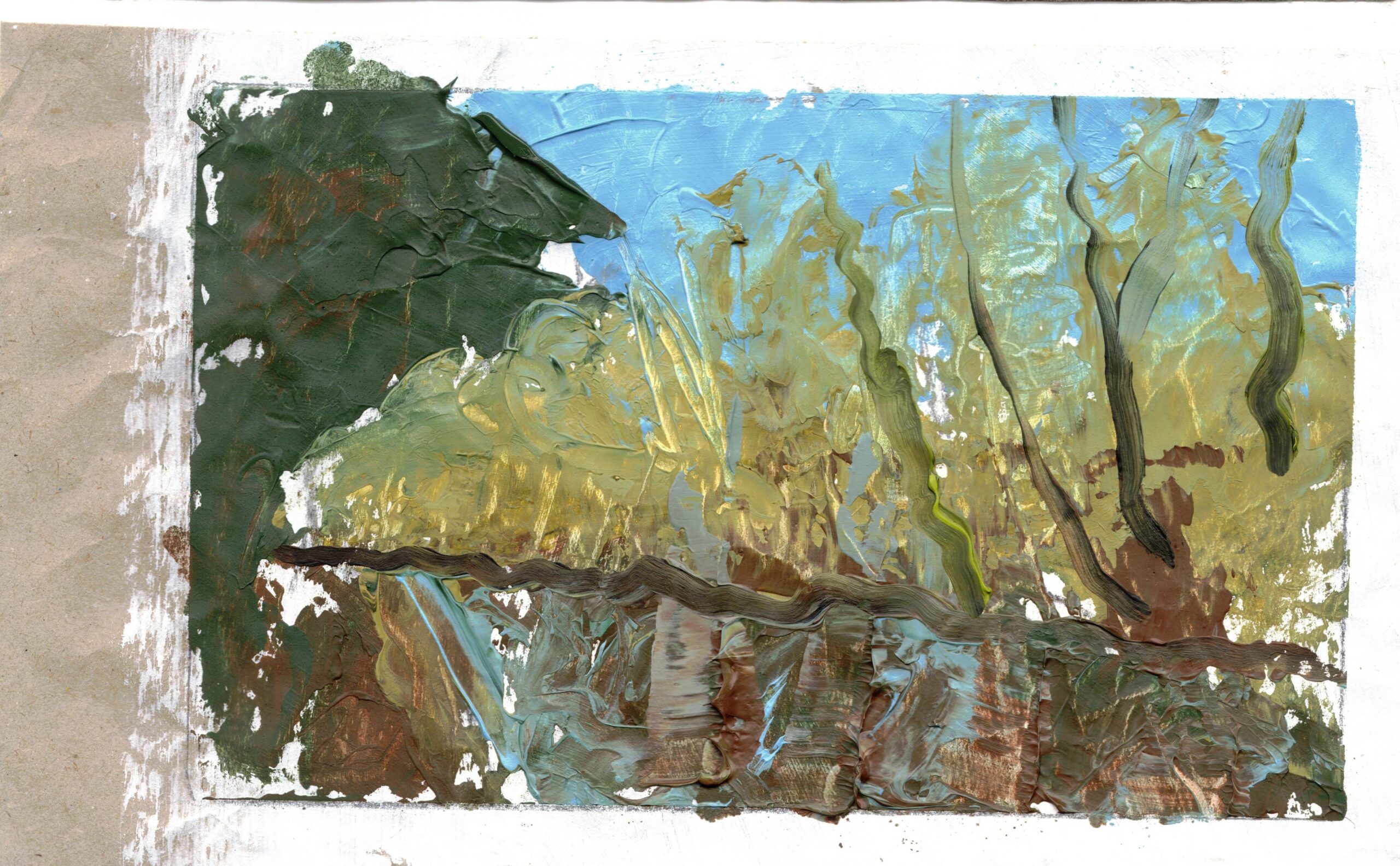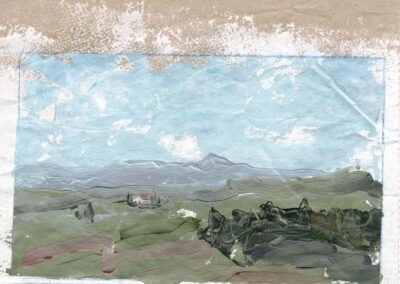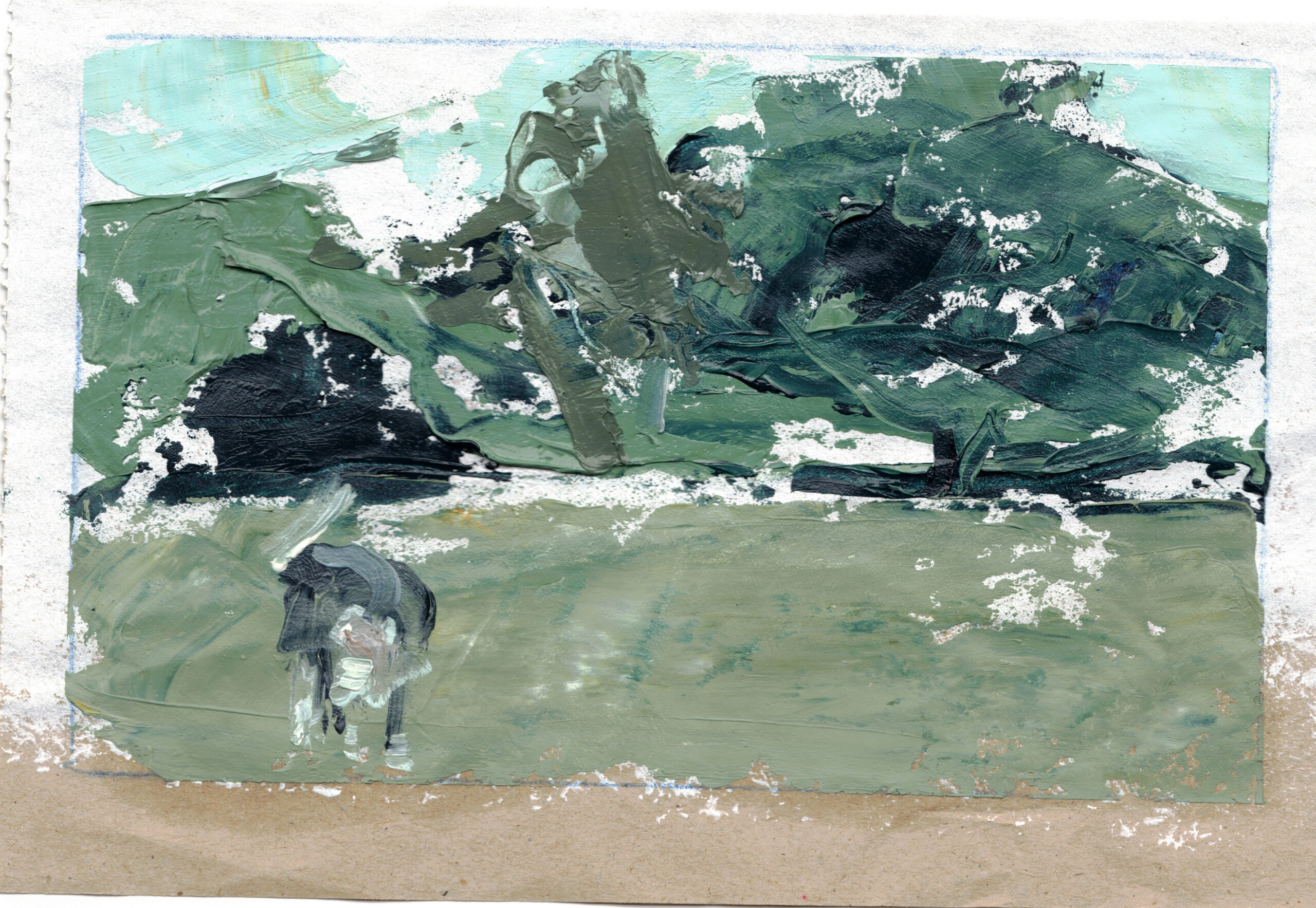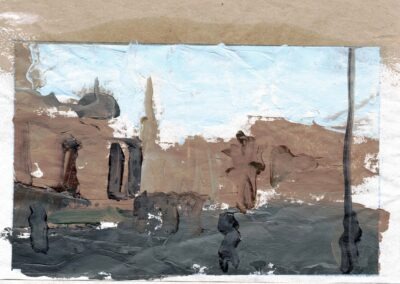paint

Haiku Painting Game





Is it possible to connect poetry with painting?
I mean, literally, not literally.
Of course, poetry is an adorable aim to achieve in painting, but I wouldn’t go that far to claim that I found its secrets. Far from it. Only time can tell if any artwork has achieved that goal, but this is about PLAY. Play is free, and without the pressure or the stress of any competition. So how could you connect poetry with painting then?
It is much simpler than you think. For any play or game, you would need to specify some rules to create it. Let’s take as a starting point the Japanese Haiku. It is an ancient short poetry form consisting only of 3 lines. The lines have 5, 7, and 5 syllables. These poems have a great, expressive, and occasionally moving quality. If you never read a haiku, it’s worth to read a few to get a sense of them.
It is an ideal choice to transform to oil painting.
So the 3 lines will be 3 tools you can choose: 3 different tools: it could be anything you can move paint with around. Different sizes, synthetic or bristle brushes, it can be tissue paper, rulers, squeegees, palette knives, fingers, two brushes held tightly together, pliers, anything you can think of. It’s your choice. Only pick 3 of them.
Each row consists of 5, 7, 5 syllables. This translates to 5, 7, 5 moves, with each tool. Not more. You want to keep the poem short.
You can do if from life or from photos: either way, there is no restriction.
I usually use a small gesso-ed paper 4 in x 6.5 in for this exercise. It has a size limit, as you will have limited moves to cover the surface with paint. You want to be able to play and use this as a warm up for a painting session, so you don’t want the size to be too big and make it too difficult or take too long.
You decided on your reference photo/life, laid out your surface, and selected your 3 tools for the job. You might do a pencil or a charcoal drawing of the basic structure of the scene. Pick whichever colors you like, from a few to many. The results could be stunning either way. I suggest you premix them. You can go for high key or low key.
Now is the time to think. You will have 5 moves with tool nr1, 7 with tool nr2, and 5 with tool nr3 to complete Your haiku. Obviously, you will need to combine moves. Try to do the most with one move. One move is until you lift the tool from the surface. This might rule out the stippling effect, but you can change the rules if you wish. This is all just a painting game. If you use paper and you tape it on a flat surface, it will allow you to move out of the frame and come in the other direction if you wish, although the painting tool probably will only mix by that time.
So strategize ahead of time. Your objective is to distill the essence out of the scene. What are the most significant components for you in this scene? How are you going to get that to your surface? Strive to convey your main point and stay focused on that. Is it the shape of the tree, the way the elements of the image come together, the range of tones and shades, or the colors? Consider which tool will provide the most efficient results. You may not be aware of it in advance, but it’s beneficial to have a plan.
Now you are ready to go. Make sure you count your moves. Try not to cheat. Sometimes, it’s worthwhile to do a “double” haiku once the first attempt dried. Layering is also an option, but that’s playing twice.
This paintings gives me a tremendous amount of enjoyment, despite the fact that a great many haikus are doomed to oblivion /bin/. It has a secret benefit, though, in addition to the occasional rare success. You can benefit from looking, plotting, and gaining knowledge of what your materials and tools can do for you, and learn how to achieve some incredible effects that you might replicate in another painting.
Let us now indulge in painting.
Would love to hear about your efferots:)
Csaba






